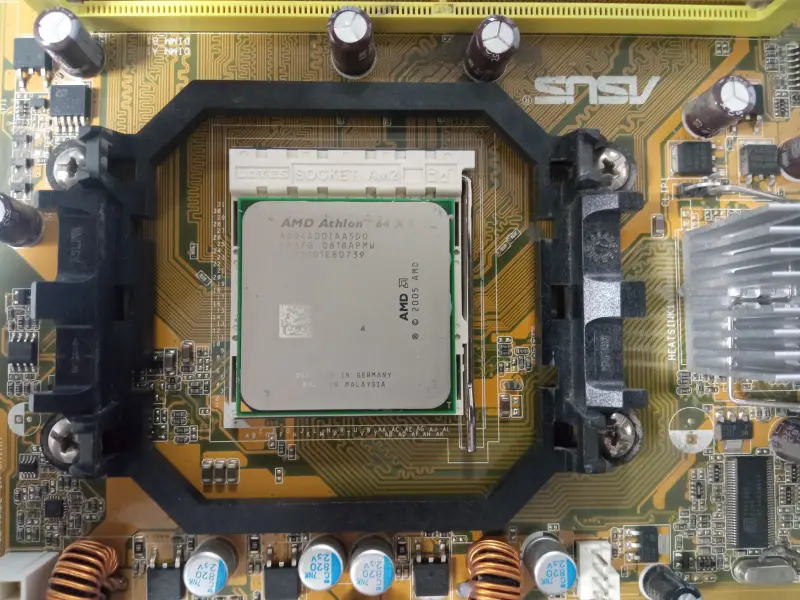Graphene opens up new possibilities in semiconductor electronics

A team of researchers from the Georgia Institute of Technology has created the world's first functional semiconductor from graphene. This development could lead to advanced electronic devices and quantum computing applications.
Graphene is a two-dimensional modification of carbon, which is formed in the form of a single layer of an atom. The high mobility of charge carriers, which turns out to be the highest among all known materials, makes this material extremely promising in the field of nanoelectronics.
Two decades ago, two scientists with Russian roots, Andrei Geim and Konstantin Novoselov, first produced graphene on an oxidized silicon substrate.
Considered as the building block of electronic devices, semiconductors are essential for communications, computing, healthcare, military systems, transportation and a variety of other applications.
Semiconductors are typically made from silicon, a material that revolutionized the electronics industry and ushered in the digital age. Purified silicon is used in devices such as computer chips, transistors, integrated circuits, and liquid crystal displays. Its highly stable atomic structure means it has the conducting properties of a metal and is also an insulator, so silicon can both conduct and block electricity.
According to experts working in this field, it is becoming clear that silicon is already closer to its limits when it comes to faster computing and the most compact sizes of electronic devices.
In an effort to find a viable alternative to silicon, Walter de Heer, a professor of physics at the Georgia Institute of Technology, led a team of researchers from Atlanta, Georgia, and Tianjin, China, to produce a graphene semiconductor compatible with microelectronics processing techniques.
Because graphene is neither a semiconductor nor a metal, scientists had to find a way to turn it on and off so it could work like silicon.
To do this, the researchers inserted atoms into graphene that can make the substance controllable in terms of conductivity, a technique called doping, which helps influence the material's conductivity.
Information